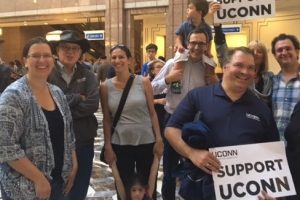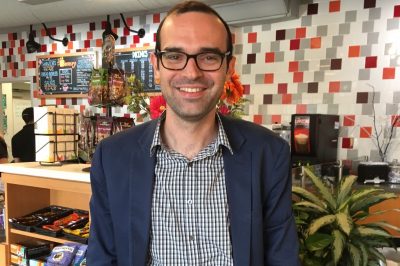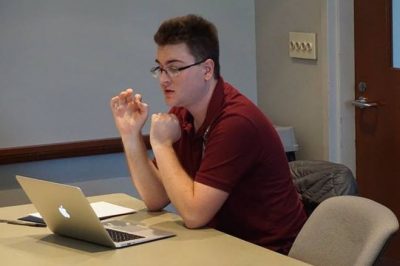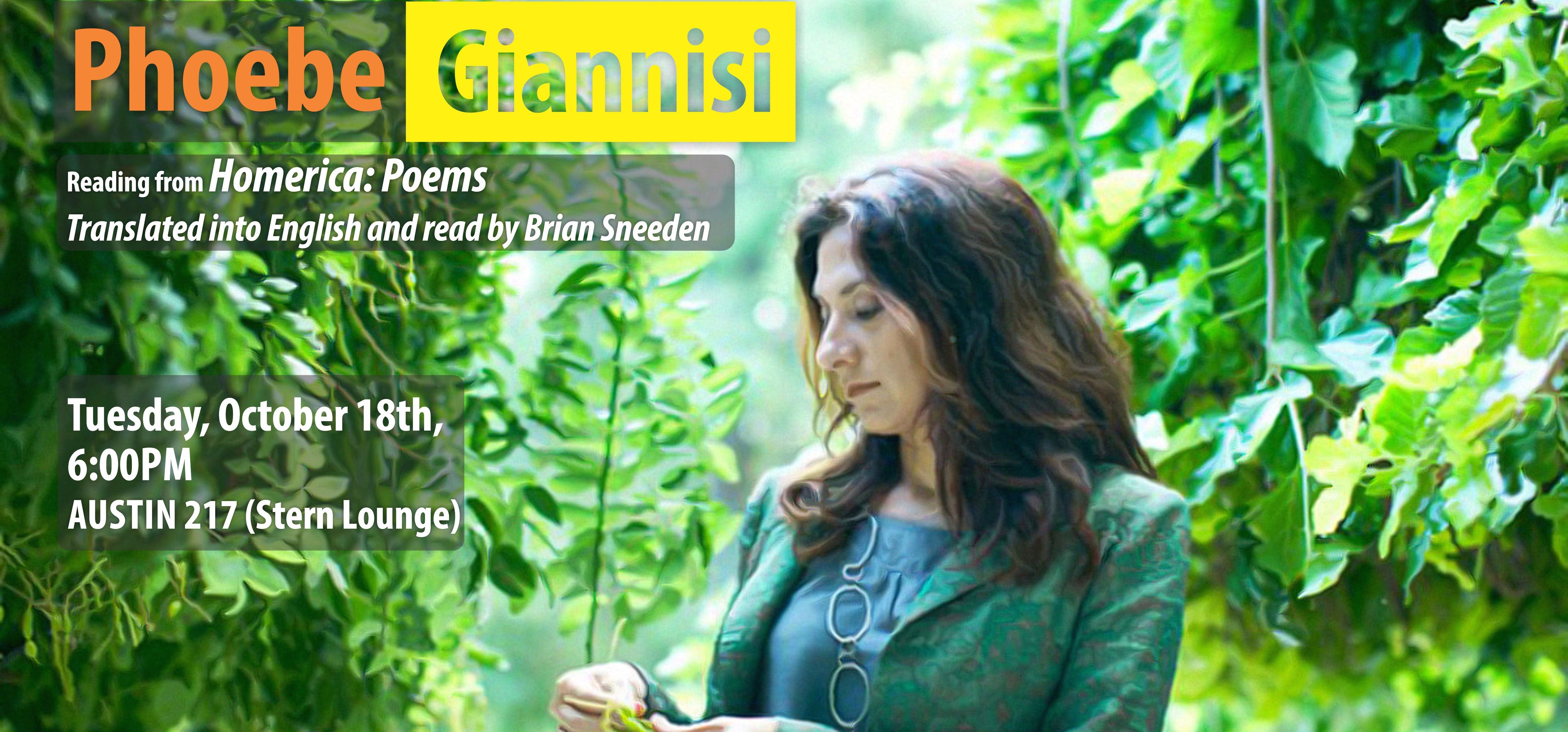A proposal built into the new budget would require professors to increase their teaching loads from four to five courses per year. This proposal plays on a myth about the nature of the work that university professors perform. The fact is that professors must juggle three areas of activity which are profoundly inter-connected and without which a research university could simply not function. This is because, unlike other kinds of teachers, professors actively participate in the creation of the knowledge that eventually gets taught in the classroom as well as in the complex processes that verify the reliability of that knowledge over time.
If you’ve ever marveled at the complexity of a large international airport, a university like UConn is like that airport on steroids. Each professor belongs to two different cohorts: the teaching cohort within their departments and the research cohort that mostly exists outside their university. This last is because each professor participates in a network made up of other researchers from around the globe with whom they are in conversation about their particular specialty. This is true whether their field involves the DNA signaling in the production of a given protein, or the impact of temperature variations on ocean currents, or patient outcomes from early versus delayed angiography, or about how social media transform people’s sense of experience, presence, and connection. This global community works and competes to set the agendas about what is most important and promising, and in the process, also monitors the protocols and review processes for that particular field.
The on-campus cohort is the department, which is typically composed of specialists who work in very different fields. This is so that universities can provide maximal educational coverage to its students. What this translates into practically is that the activities in a given department are so varied and complex that no department head can really keep track of them all nor understand even the central debates of many of the fields covered under his or her disciplinary remit.
This is why the service end of what professors do is just as crucial as research and teaching and why universities are largely run via committee. Only the people who actually do the research on the ground are in a position to communicate what lines of research are important and thus which new hires need to be prioritized, which equipment purchased, which journals need to be acquired or founded, what new classes and programs might need development and which ideas and processes might need to be included in the constant vetting and quality-monitoring that are part of the process of creating knowledge based on verifiable standards. When one considers all of the different disciplines that co-exist across the university, the staggering level of a university’s complexity as an institution and the challenges that are involved in managing it come into better focus. The fact is no one has figured out a more efficient way of running things than via committee because committees staffed by stakeholders from different fields guarantee the bottom-up decision-making and resource allocation that keep universities innovating. It can be frustrating, but anything else, that is to say, more top-down structures end up doing critical harm to the research mission of universities because no small group has the expertise to see in what direction so many different fields and subfields are evolving.
All of this is why professors must be actively engaged in teaching, research, and committee work to perform their jobs. This does not even include the work of implementing and running all kinds of programs designed to improve the student experience; the bureaucracy that comes with such a large institution serving so many people and so many ends; the writing of grant applications that support research and teaching; outreach, recruitment, and compliance; and the vetting letters for peers and for students at each step of this incredible ladder of increasing specialization and innovation. The intersection of all of these activities is why professors work very long hours indeed (80 and more hour weeks are common) and rarely take time away; time off is time to focus on research without the distractions that are part and parcel of the dynamic semester. No leg of this three-legged stool is more important than the other; they are all indispensable to the function of any serious research institution.
The above explains one reason why the myth that all professors do is teach “two courses a semester” is so absurd. If one merely looks at the cohort of people being described this way—check out the CVs of professors in any department at UConn—what you find are people who have been among the most successful of their cohort for their entire lives. In other words, they are demon workers. Becoming an academic is choosing a path that is always against long odds. Academics are essentially entrepreneurs: they make everything happen for themselves, creating opportunity out of whole cloth. They must have the capacity to develop innovative ideas for their research, convince funding agencies to support it, and then get well-established peers to publish their results. They have their accomplishments vetted with a scrutiny that would be hard to fathom in most other professions. What is different about professors compared to other entrepreneurs is that they are primarily motivated by their love of knowledge, teaching, and discovery. These priorities are why, despite years of salary freezes and being asked to do more with less, UConn professors have dug in to support their institution. They strongly believe in its public mission.
Finally, two classes per semester is not an arbitrary number somehow chosen for UConn; it is the global standard for a research university. To ignore this standard by increasing the teaching load would effectively transform UConn into a backwater. To remain competitive, our most productive researchers would be forced to look for work elsewhere. Over the longer term, UConn would no longer attract premier scholars, whether as teachers or as students. From economic engine and knowledge-generating hub the university would be relegated into a merely buttressing role, and over time that change would seriously diminish Connecticut’s ability to compete. The already approved cuts will wound us, but the current state budget proposal is suicide.
This editorial was written by Jennifer Terni





